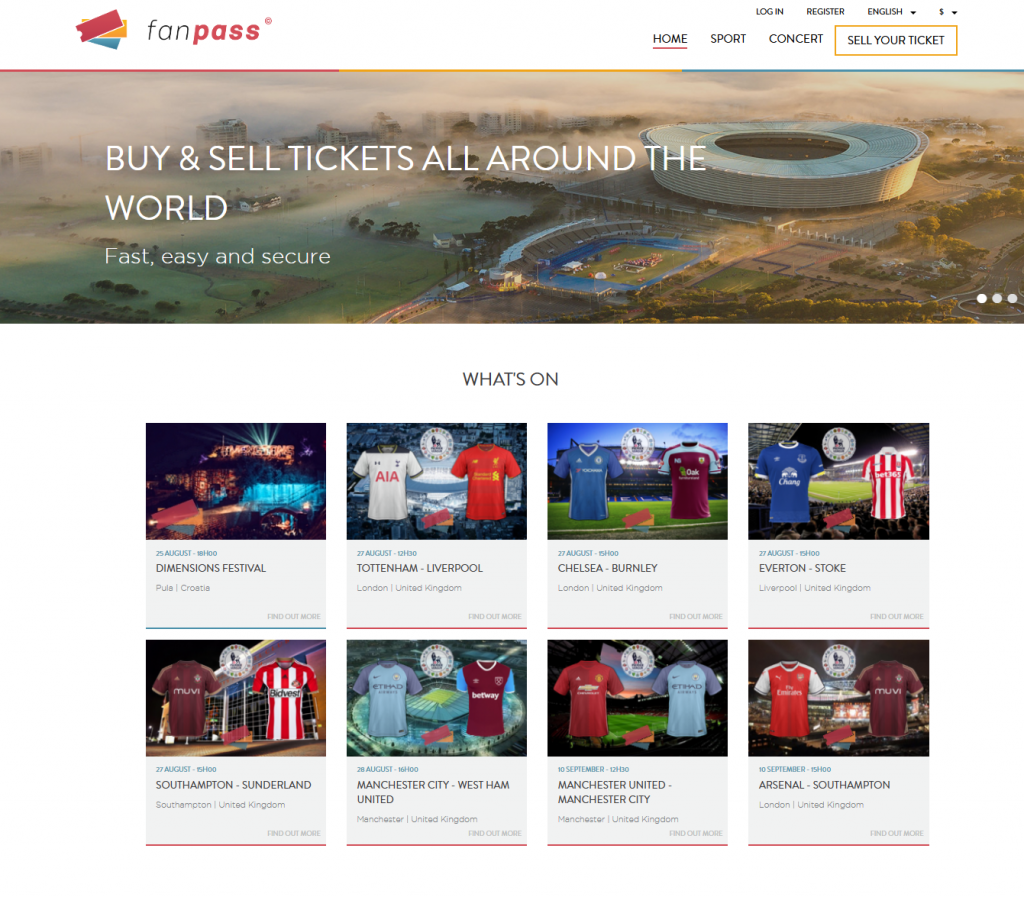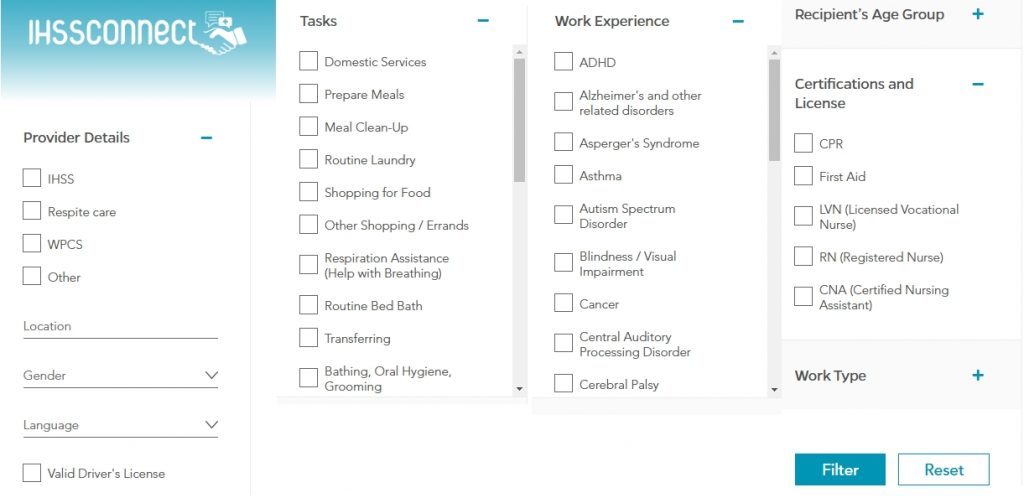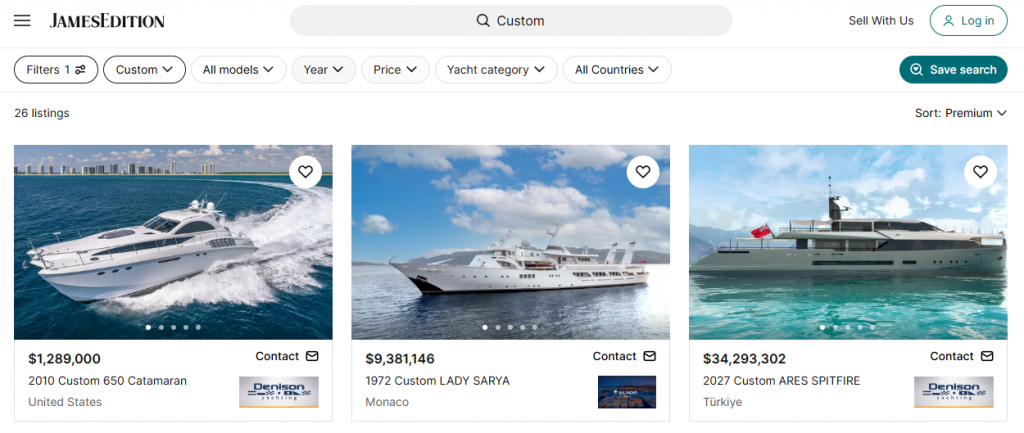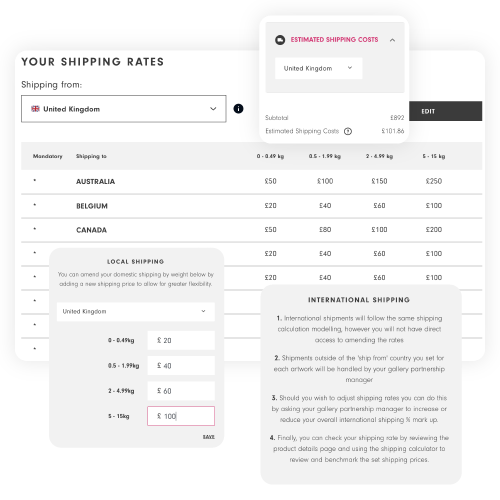Imagine you’ve dreamt up a revolutionary online marketplace, a platform poised to disrupt the way we buy and sell. But before you dive headfirst into development, a crucial question arises: what features should your Minimum Viable Product (MVP) absolutely have?
Think of the MVP as your business idea’s coming-out party. It’s the first impression you make on potential users and investors. Overstuff it with features, and you risk obscuring your core value proposition.
But skimp on the essentials, and you might struggle to validate your product-market fit. Finding the sweet spot – the features with the highest impact – is paramount to proving your business case effectively.
Why focus on core functionality?
Here’s the thing: bombarding marketplace users with a feature-laden platform can be counter-productive. It can be confusing to navigate, expensive to develop, and ultimately, distract from the core value you offer. Take the cautionary tale of Pets.com, the ill-fated e-commerce giant.
Their initial platform boasted a virtual pet cemetery, live chat with veterinarians, and even an online pet hotel booking service – all before they’d even proven the concept of selling pet food online. Unsurprisingly, they sputtered out in the dot-com bubble burst.

Instead, the MVP should be a laser-focused experience that validates your core offering. Think of it like a science experiment – you’re testing a hypothesis (your marketplace concept) with a minimal yet functional setup. This allows you to gather real-world user data and feedback, which is invaluable for iterating and improving your platform before scaling up.
Remember, even industry titans like Airbnb started with a bare-bones MVP. Their initial offering? A simple platform connecting travellers with spare rooms. They focused on core functionalities like user profiles, listings, and a secure payment system. Only after validating the core concept did they introduce additional features like reviews, wishlists, and “experiences.”
Tailoring your marketplace MVP features
Now, let’s delve into the factors that influence the selection of essential features for your online marketplace MVP.
1. The marketplace type
For product marketplaces like Amazon or Etsy, features like product listings with clear descriptions, high-quality images, secure payment gateways with options for refunds and returns, and robust search and filtering functions are crucial.
Service-focused platforms like Fiverr or Upwork require a strong focus on user profiles showcasing skills and experience, a clear communication system (e.g. RFQ/RFP features) between buyers and sellers, project management tools, and a secure escrow system to hold funds until the project is completed.
2. The market landscape
High-demand, limited selection
Marketplaces like FanPass, which capitalise on high-volume events like sporting matches, might not require a sophisticated search engine. Their initial approach, simply showcasing a limited number of high-demand events and offering a seamless purchase experience, resulted in very rapid growth and made it much easier to prove product-market fit.

Low-demand, diverse delection
For marketplaces with a wider variety of products or services, especially those with a lower initial demand, a strong search and filtering system becomes essential to help users discover what they’re looking for. Healthcare startup, IHSS Connect implemented a highly granular navigation structure based on various category filters, so that care recipients could find suitable caregivers in a highly regulated and fragmented Californian market.

3. Supply and demand constraints
If your marketplace has a curated selection of sellers – think of a marketplace for luxury goods offered by a select group of merchants – you might initially outsource shipping and fulfilment to these approved sellers. This allows you to focus on quality control and user experience.

For marketplaces with a large pool of sellers, integrating shipping functionalities directly into the platform can streamline the buying process. It also allows for more competitive shipping options for buyers. Art marketplace, Affordable Art Fair did this by allowing sellers to combine local last-mile delivery services with an international shipping provider, UPS.

4. Prioritise for impact
The key is to identify features that will have the highest impact on user experience and business goals. For example, features like social proof through reviews and ratings can significantly increase buyer confidence and conversion rates. Similarly, integrating a mobile-friendly interface is crucial in today’s mobile-first world.
Unsure about the exact number of features you should prioritise? Apply the Pareto Principle – the universal observation that twenty percent of sources drive eighty percent of outcomes. Amazon famously expanded on this 80/20 rule by decreeing that product decisions should be 80% based on data and only 20% on experience or gut instinct.

What to leave for later: prioritising development resources
Remember, your MVP is just the first step. There will be plenty of time to introduce bells and whistles later. Here are some features you can consider leaving for later iterations:
Complex Search Functionality: Analysing user behaviour through basic categories and filters can inform the development of a more sophisticated search engine later.
Advanced Analytics: While basic user data collection is important, in-depth analytics can wait until you have a larger user base to provide meaningful insights.
Community Features: Features like forums or social media integration can be valuable for fostering user engagement, but they might not be essential for initial validation.
Should shipping be integrated into your platform or done by sellers themselves? If the latter is the case, handpicked reliable sellers may be a better strategy.
A framework for marketplace feature prioritisation
You can avoid the hazards of implementing the wrong features by taking a structured (i.e. more data-driven and user-centric) approach to building your marketplace roadmap. One such framework entails grouping features into key themes and aligning them with business goals using an ICE score system.
Components of ICE scoring
Impact measures the potential effect or value the feature could have if successfully implemented. Example question: How much will this theme or feature improve our goals or metrics (e.g. revenue, user engagement)?
Confidence assesses how certain you are about the predicted impact. Example question: How confident are we in the data or assumptions supporting this feature?
Ease evaluates the level of effort, resources, or time required to create or integrate the feature. Example question: How simple or straightforward is this feature to implement compared to other options?
Each component is scored on a predefined scale (e.g. 1 to 10), and the scores are multiplied to produce an overall ICE score for comparison: ICE Score = Impact × Confidence × Ease.
Example of using ICE to score marketplace features
Let’s consider a hypothetical online marketplace and evaluate three potential features:
- Personalised Product Recommendations:
- Impact: 9 (High potential to increase sales and customer engagement)
- Confidence: 7 (Based on successful implementations in similar marketplaces)
- Ease: 5 (Requires data analysis, algorithm development, and integration with the product catalogue)
- ICE Score: 9 x 7 x 5 = 315
- Improved Search Functionality:
- Impact: 8 (Can significantly enhance user experience and conversion rates)
- Confidence: 8 (Well-understood problem with proven solutions)
- Ease: 7 (Requires development and testing, but relatively straightforward)
- ICE Score: 8 x 8 x 7 = 448
- Social Sharing Integration:
- Impact: 6 (Potential to increase brand visibility and customer acquisition)
- Confidence: 6 (Depends on effective marketing and user adoption)
- Ease: 9 (Relatively easy to implement with existing social media APIs)
- ICE Score: 6 x 6 x 9 = 324

Based on the ICE scores, the team should prioritise the proposed features as follow:
- Improved Search Functionality: With the highest ICE score, this feature offers the most significant potential impact, high confidence, and relatively easy implementation.
- Personalised Product Recommendations: While it has a high impact potential, the lower ease score suggests it might require more time and resources.
- Social Sharing Integration: This feature has a lower impact and confidence compared to the other two, despite its ease of implementation.
There are some caveats with the ICE method to keep in mind. For example, it does not implicitly account for external factors like dependencies or opportunity costs.
ICE can also be further refined by adding Reach, which measures how many users will be affected by the feature over a certain period of time. In that case the formula will change to: RICE score = (Reach x Impact x Confidence)/Effort. Reach works well with solid user data at the growth stage when you’re trying to decide which features will scale your marketplace the best.
